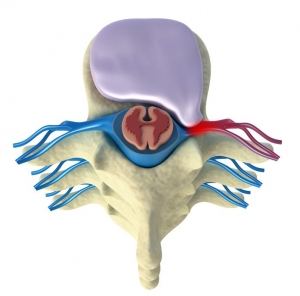Intradiscal Biacuplasty
Intradiscal Biacuplasty
Before many people use Intradiscal Biacuplasty as treatment, they often undergo Discography in order to pinpoint the root of the pain. The discs in the lower back are a common cause of why people experience severe lower back pain – whenever the disk is used to sense movement it can be very painful.
If the pain is coming from these discs in the lower back, then one option of treatment is Intradiscal Biacuplasty.
Its main use is to treat extreme discogenic pain in the lower back. Researchers have favored this treatment because it uses minimal invasion due to using water-cooled radio frequencies. It is also reported that although the treatment can take a maximum of 6 months to come into effect, it undoubtedly weakened symptoms in patients.

How does Intradiscal Biacuplasty work?
This is different to other surgeries as it uses radio frequencies to treat disc pain.
- The procedure is very similar to Discography but it uses two small needles on both sides of the disc (the one that is causing pain).
- Radiofrequency is applied using needles, probes and fluoroscopy (this is similar to an X-Ray which can guide the needle to the right spot)
- It targets regions that the patient is feeling the most pain and changes nerve communications.
- The procedure takes approximately 30 minutes for the majority of patients.
What are the benefits of Intradiscal Biacuplasty?
It can remove discogenic pain or at a minimum weaken the symptoms without replacing the discs in the lower back – which would be a big surgical operation. Intradiscal Biacuplasty works in the same way and has a faster recovery time.
How do I know that I need Biacuplasty?
Only people with severe back pain need to undergo this procedure.
If you have been experiencing back pain for longer than 26 weeks then it is recommended to talk to a specialist. Also, there are other criteria’s such as disc height and “bulges” however a doctor will be able to tell you if these are abnormal.
Is there any risk involved with this procedure?
No, there isn’t any serious risk involved and side effects are very rare.
Some people have reported cases of soreness post-treatment, however, this is normal after an operation. This isn’t long lasting and can be treated using general painkillers. The procedure is very similar to discography and the worst side effect reported has been infection – this is extremely rare.




